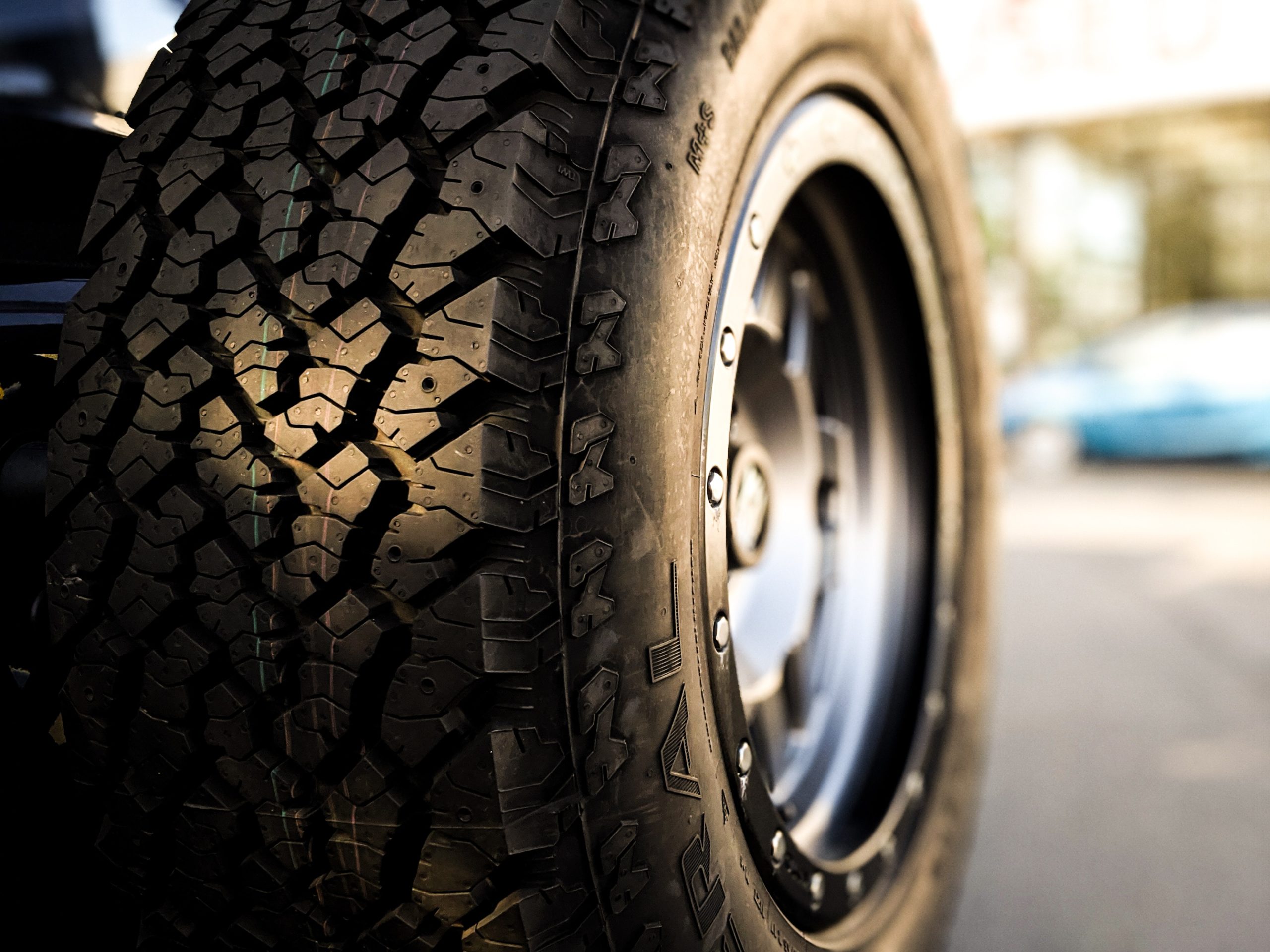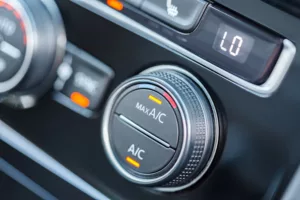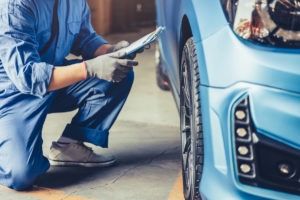Fleet Maintenance Checklist: Keeping Your Drivers On The Road

What if following a simple fleet maintenance checklist could keep your vehicles safer and your drivers’ on the road longer – would you take advantage of it?
Experiencing vehicle breakdowns are not only stressful to drivers, but they can also impact a businesses bottom line. While regular fleet maintenance is necessary all year, it is especially vital during the cold winter months when lower temperatures and harsher weather can have a significant impact on vehicle performance.
Below is a list of several fleet maintenance tasks that are especially vital during the cold weather months.
In This Article
Check your tire pressure and tread
Check your windshield washer fluid
Change your oil
Ensure the wiper blades are working properly
Prepare a vehicle emergency kit
Check your tire pressure and tread
Tire pressure decreases in colder temperatures, make sure to keep an eye on your tire pressure and check that you still have a good amount of tread on your tires to get the best traction on snow-covered roads. Depending on where you are driving, you may want to consider switching over to snow tires, which are specifically designed to perform better driving on the snow and ice.
Check your windshield washer fluid
Make sure your windshield washer is full, preferably with a freeze-resistant wiper fluid to ensure your vision is clear when driving in the snow or other winter conditions.
Change your oil
Your fleet’s vehicles need oil in order for their engines to run properly. Consult your owner’s manual to familiarize yourself with the manufacturer’s recommended oil type and change intervals so that your engine can keep running smoothly throughout the cold winter months.
Ensure the wiper blades are working properly
Did you know that most windshield wiper blades only have a 6-month lifespan? Make sure to replace these frequently and consider a pair of heavy-duty wiper blades for the winter months when they will be working overtime to provide you with a clear path to your destinations.
Prepare a vehicle emergency kit
No matter how much regular maintenance is performed or how prepared you think you are, the unexpected is bound to happen. Creating a vehicle emergency kit equipped with a jack, flashlights, flares, blankets, a shovel, and first-aid essentials will help keep you safe if a situation were to arise.
It’s important to perform routine preventative fleet maintenance to find and fix any minor issues, while also preventing any more costly and time-consuming major issues in the future that could lead to unexpected vehicle breakdowns.
The following are some additional maintenance tasks that should be performed regularly to keep your fleet vehicles running smoothly and to keep your drivers on the road.
- Clean and inspect your vehicle’s battery.
- Check the tires to look for signs of wear and tear.
- Examine all lights to ensure they are fully functioning.
- Inspect the seat belts and other safety equipment.
- Examine all windows, mirrors, and back-up cameras to ensure they are clear and free of defects.
- Inspect all fluid levels and refill as needed.
- Check the heating and cooling systems.
Our fleet maintenance checklist provides general suggestions, but you should always refer to your fleet management company for their specific maintenance protocols and guidelines.
Ready to wave goodbye to fleet management headaches?
Let Motorlease take the wheel! Our fleet experts will handle all your vehicle needs. Experience the joyride of turnkey fleet management!Categories


